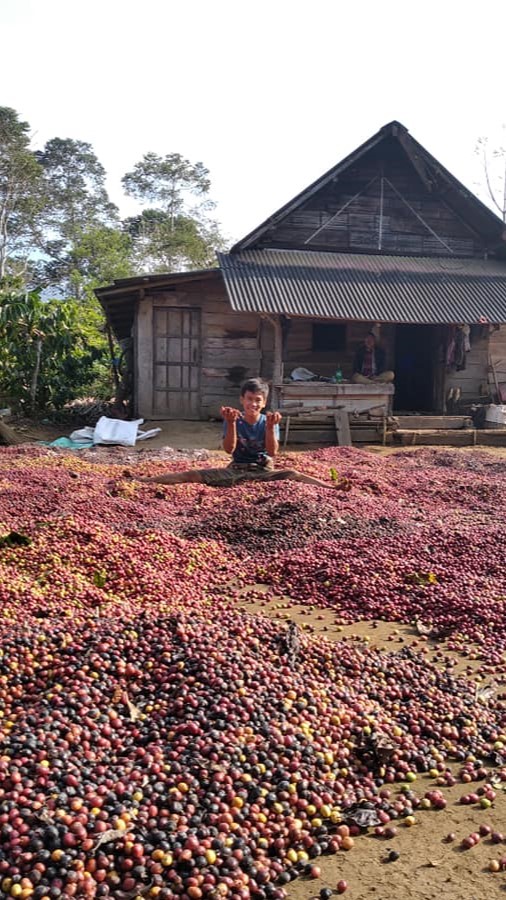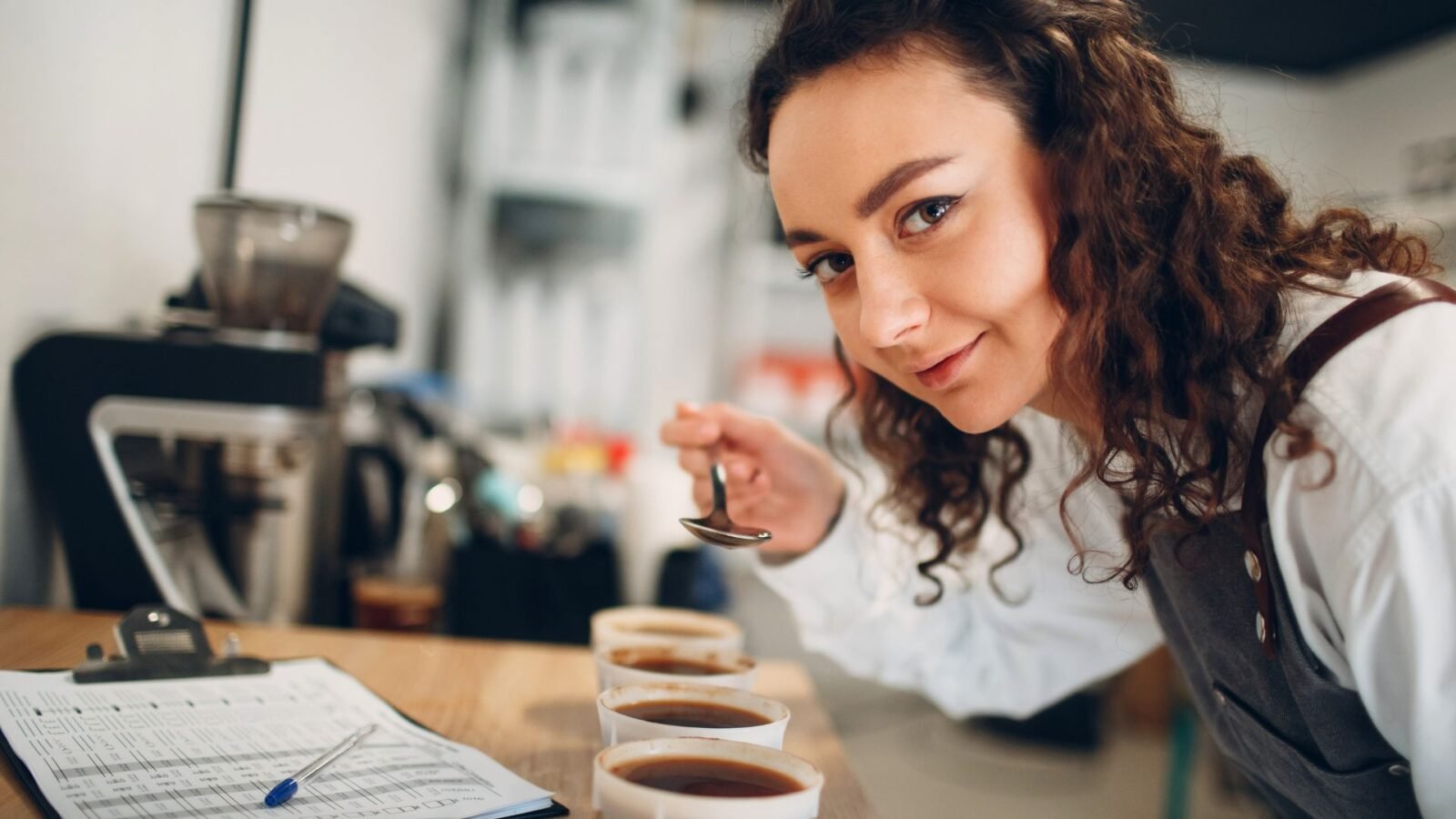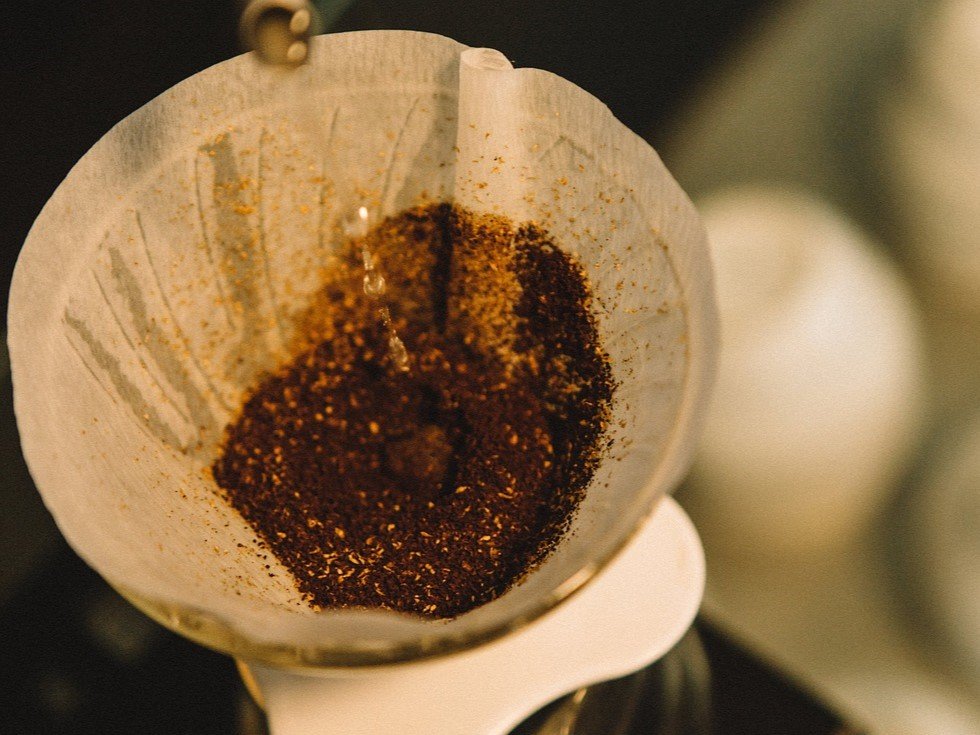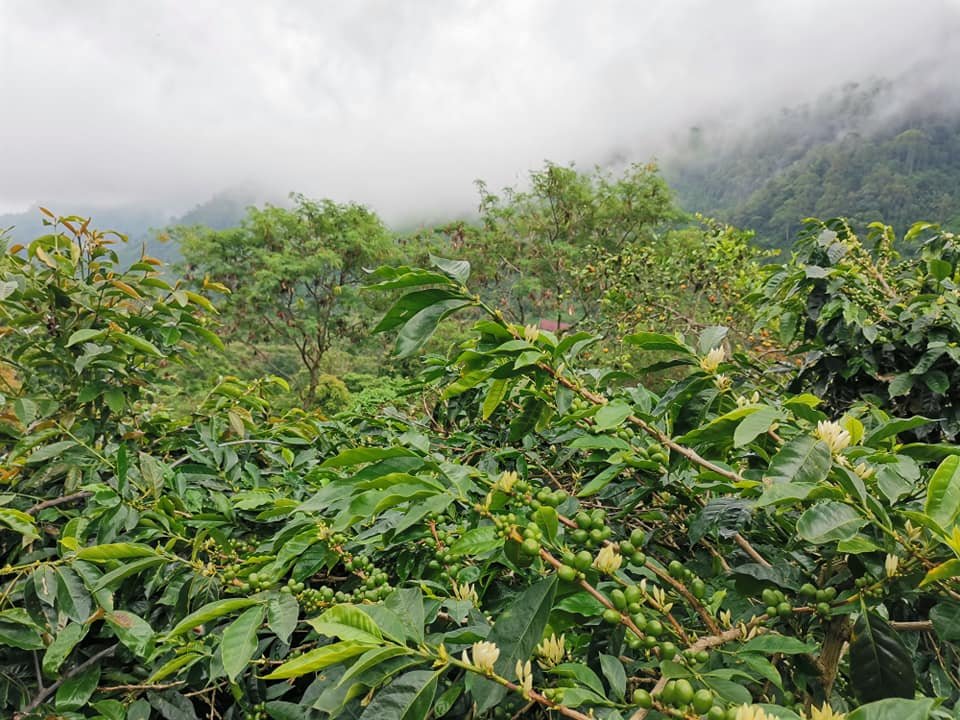Singapore, a bustling city-state at the crossroads of diverse cultures, has emerged as a haven for coffee enthusiasts. The local coffee culture has evolved into a sophisticated blend of traditional and modern brewing methods, creating a unique experience for both locals and visitors. In this exploration, we delve into the rich tapestry of coffee in Singapore, from its historical roots to the contemporary coffee brewing grounds that define the city’s caffeine landscape.
Historical Foundations of Coffee in Singapore
The historical foundations of coffee in Singapore are deeply intertwined with the city-state’s colonial past and the waves of migration that characterized its early years. The story of coffee in Singapore begins in the 19th century when the British East India Company established Singapore as a trading post in 1819. As the island flourished as a hub for commerce, it attracted a diverse influx of migrants, traders, and laborers from various parts of Asia.
Colonial Influence
The British colonial presence played a pivotal role in introducing coffee to Singapore. The British, having a strong affinity for coffee, brought the coffee culture with them. Coffeehouses, reminiscent of those in London, began to appear in the city, catering to the growing demand for this caffeinated beverage among the colonial elite. The introduction of coffeehouses laid the groundwork for the eventual emergence of the iconic kopitiams.
Cultural Exchange through Migration
Singapore’s unique position as a melting pot of cultures further enriched its coffee heritage. Hainanese immigrants, particularly, played a crucial role in shaping the local coffee culture. Hailing from Hainan, an island in southern China, the Hainanese brought their distinctive style of coffee-making to Singapore. This laid the foundation for what would become the traditional Hainanese coffee, or “kopi,” a key element in the city-state’s coffee landscape.
Additionally, migrants from other parts of China, India, and the Malay Archipelago brought their own coffee traditions, contributing to the diverse tapestry of coffee offerings. This cultural exchange in the kopitiams became a microcosm of Singapore’s multicultural society, with each cup of coffee telling a story of migration, adaptation, and assimilation.
Emergence of Kopitiams
The term “kopitiam” itself is a linguistic blend of Malay and Hokkien, where “kopi” means coffee, and “tiam” means shop. These traditional coffee shops became integral to the fabric of Singaporean society, providing a communal space where people from different walks of life could gather, socialize, and, of course, enjoy a cup of coffee.
Kopitiams were not only places for coffee but also for the exchange of ideas and news. They became cultural hubs where the diverse communities in Singapore converged, fostering a sense of unity and shared experiences. The kopitiam culture became so ingrained in Singaporean society that even as the city-state modernized, these traditional coffee shops retained their charm and continued to serve as anchors to the past.
Evolution of Coffee Preferences
Over the years, Singaporeans developed their own preferences for coffee, creating a unique blend that reflected the local palate. The traditional kopi is often characterized by its robust flavor, sweetened condensed milk, and the use of robusta beans. The famous “kopi-o” refers to black coffee, while “kopi-c” includes evaporated milk.
In summary, the historical foundations of coffee in Singapore are a tale of colonial influence, cultural exchange through migration, and the emergence of iconic kopitiams. These elements have shaped the city-state’s coffee culture into a vibrant and unique tapestry that continues to evolve, offering both a nod to the past and a glimpse into the future of coffee in Singapore.
Kopitiams: The Heart of Singaporean Coffee Culture
Kopitiams, often described as the heart and soul of Singaporean coffee culture, are more than just places to enjoy a cup of coffee; they are living embodiments of the nation’s history, multiculturalism, and social dynamics. These traditional coffee shops have played an integral role in shaping Singapore’s identity, offering a nostalgic and communal space where the rich aroma of coffee mingles with the echoes of bygone eras.
Cultural Melting Pots
Kopitiams are microcosms of Singapore’s multicultural society. Within the walls of these establishments, one can witness a harmonious blend of diverse ethnicities, languages, and traditions. The seating arrangements, often in communal style, encourage people from different backgrounds to share tables, fostering a sense of community and interconnectedness.
In a kopitiam, it’s not uncommon to hear a mix of languages, with patrons conversing in Hokkien, Mandarin, Malay, Tamil, or English. This linguistic diversity reflects the kaleidoscope of cultures that have contributed to the unique fabric of Singapore. The kopitiam thus becomes a place where cultural boundaries dissolve over a cup of coffee, creating a truly Singaporean experience.
Architectural Nostalgia
The physical setting of kopitiams contributes significantly to their charm. Many of these establishments are housed in pre-war shophouses, featuring nostalgic elements such as mosaic-tiled floors, wooden furniture, and antique décor. These architectural nuances transport visitors back in time, evoking memories of an era when life moved at a slower pace.
The kopitiam’s aesthetic appeal is not only a nod to the past but also an essential element in preserving Singapore’s cultural heritage. Despite the encroachment of modernity, many kopitiams have maintained their original charm, allowing patrons to experience a slice of history with every sip of coffee.
Kopi Culture and Tradition
At the heart of every kopitiam experience is the art of brewing traditional coffee, commonly referred to as “kopi.” The Hainanese coffee-making method, involving the use of a sock-like strainer, has become synonymous with kopitiams. The process is both an art and a science, as coffee artisans skillfully brew coffee by pouring hot water through the sock, resulting in a strong and flavorful cup.
The kopitiam menu offers a variety of coffee choices, each with its unique blend and preparation method. The classic “kopi-o” is black coffee, often strong and robust, while “kopi-c” includes evaporated milk, creating a creamier texture. The use of condensed milk in “kopi-siew-dai” (coffee with less sugar) or “kopi-gao” (thick coffee) adds a layer of customization, allowing patrons to tailor their coffee to personal preferences.
Gathering Spaces for Generations
Kopitiams are not merely coffee shops; they are communal spaces where generations converge. Families gather for weekend breakfasts, friends catch up over cups of coffee, and the elderly engage in lively conversations over the daily newspapers. This intergenerational continuity transforms kopitiams into hubs of shared memories and stories, passing down traditions from one generation to the next.
While modern coffee culture has introduced a wave of specialty coffee shops, kopitiams retain their allure by offering a sense of belonging and continuity. They stand as living monuments to the resilience of tradition in the face of evolving tastes, providing a comforting haven for those seeking a genuine connection with Singapore’s past.
In essence, kopitiams are the beating heart of Singaporean coffee culture, where the past and present coexist harmoniously over the simple joy of a cup of kopi. These establishments encapsulate the essence of the nation, making them not just places to savor coffee but also living testaments to the rich tapestry of Singapore’s history and cultural diversity.
Traditional Coffee Brewing Methods
Traditional coffee brewing methods in Singapore are a testament to the city-state’s rich cultural heritage and the influence of various communities that have contributed to its coffee culture. The traditional brewing methods, often associated with kopitiams, highlight the meticulous artistry involved in crafting a cup of coffee that goes beyond mere refreshment, offering a sensory journey through time.
Hainanese Coffee: The Art of “Kopi”
Ingredients and Process
At the heart of traditional coffee brewing in Singapore is the iconic Hainanese coffee, known locally as “kopi.” The process begins with the selection of coffee beans, often a blend of robusta and arabica varieties, roasted to perfection. The beans are then ground to a specific consistency before being brewed.
Sock Straining Technique
What sets Hainanese coffee apart is the unique straining technique. The coffee grounds are placed in a cloth sock, and hot water is poured through it, allowing the coffee to drip into a container below. This method imparts a robust and full-bodied flavor to the brew. The meticulous pouring and straining process are often considered a form of art, requiring skill and precision to achieve the desired taste.
Customization
Hainanese coffee offers a range of customization options. The addition of condensed milk gives rise to popular variations such as “kopi-c” (with evaporated milk) or “kopi-o” (black coffee). The degree of sweetness, known as “siew dai,” allows patrons to tailor their coffee to their preferred taste.
Traditional Malay Coffee: “Kopi Tubruk”
Ingredients and Process
Influenced by Malay traditions, “Kopi Tubruk” is a method that involves boiling the coffee with sugar in a pot. Coarsely ground coffee is combined with sugar and water, and the mixture is brought to a boil. The result is a strong and sweet coffee that is deeply ingrained in Malay coffee culture.
Cultural Significance
“Kopi Tubruk” holds cultural significance, often associated with hospitality and social gatherings. The preparation and sharing of this traditional Malay coffee are symbolic of warm welcomes and communal bonds.
Chinese-Style Coffee: “Kopi Gu You”
Ingredients and Process
Reflecting Chinese influence, “Kopi Gu You” is a style of coffee that incorporates butter into the brewing process. The coffee is often brewed using a traditional Chinese coffee sock, similar to the Hainanese method. After straining, a small amount of butter is added, resulting in a distinctive and rich flavor profile.
Unique Flavor Profile
“Kopi Gu You” is celebrated for its unique taste, with the butter adding a creamy texture and a hint of savory notes to the coffee. This variation showcases the adaptability and creativity within Singapore’s coffee culture.
Traditional Tea Blends: Teh and Teh Tarik
While coffee takes center stage in traditional brewing, tea also plays a significant role. “Teh” refers to the local variation of tea, often sweetened and served with condensed milk. “Teh Tarik,” meaning “pulled tea,” is a performance art where tea is poured back and forth between two containers, creating a frothy texture and enhancing the aromatic qualities of the beverage.
Evolution and Preservation
While modern coffee brewing methods have gained popularity, the traditional techniques remain integral to Singapore’s coffee culture. Many kopitiams continue to uphold these time-honored methods, preserving the authenticity and cultural significance of traditional coffee brewing. The methods are not just about making a beverage; they represent a connection to heritage, a celebration of diversity, and a bridge between generations.
In essence, traditional coffee brewing methods in Singapore go beyond the mere act of preparing a drink; they embody a cultural narrative, a testament to the city-state’s diverse influences, and a commitment to preserving the artistry of coffee-making for generations to come.
The Third Wave Coffee Movement
While kopitiams remain integral to Singapore’s coffee identity, the city-state has embraced the Third Wave Coffee Movement. This movement emphasizes high-quality, artisanal coffee, with a focus on the entire coffee experience – from bean sourcing to brewing techniques. Specialized coffee shops have emerged, each with its own distinct character and commitment to elevating the coffee-drinking experience.
Specialty Coffee Shops in Singapore
Specialty coffee shops in Singapore have emerged as vibrant hubs of innovation, craftsmanship, and a commitment to providing coffee enthusiasts with a unique and refined experience. In contrast to traditional kopitiams, these establishments are at the forefront of the Third Wave Coffee Movement, emphasizing the artistry of coffee-making, the quality of beans, and a dedication to enhancing the overall coffee-drinking experience.
Nylon Coffee Roasters: Elevating Single-Origin Beans
Nylon Coffee Roasters stands out as a prominent player in Singapore’s specialty coffee scene. Located in Everton Park, this artisanal coffee shop places a strong emphasis on single-origin beans. The founders’ passion for sourcing high-quality beans is evident in the meticulous roasting process, ensuring that each cup boasts distinctive flavors.
Minimalist Ambiance
Nylon Coffee Roasters provides a minimalist and unpretentious ambiance, allowing patrons to focus on the nuanced notes of their carefully brewed coffee. The menu reflects a dedication to simplicity, with offerings that highlight the inherent characteristics of each coffee bean.
Chye Seng Huat Hardware: A Unique Immersive Experience
Chye Seng Huat Hardware, an establishment by the team behind Papa Palheta, is more than just a coffee shop – it’s an immersive experience. Located in a restored hardware store in Jalan Besar, this coffee haven seamlessly blends history with contemporary coffee culture.
Diverse Brewing Methods
Chye Seng Huat Hardware is celebrated for its commitment to showcasing various brewing methods. From pour-over to siphon brewing, each cup is a testament to the skill and precision of the baristas. The menu encourages exploration, appealing to both novices and seasoned coffee connoisseurs.
Tiong Hoe Specialty Coffee: A Legacy of Quality
With a history dating back to 1960, Tiong Hoe Specialty Coffee is a venerable institution in Singapore’s coffee scene. What started as a humble provision shop has evolved into a destination for coffee aficionados. Tiong Hoe is renowned for its commitment to quality and consistency.
Range of Offerings
Tiong Hoe not only serves exceptional coffee but also offers a range of beans and brewing equipment for home enthusiasts. The shop’s cozy ambiance invites patrons to savor their coffee while learning about the art and science behind each cup. The dedication to educating customers sets Tiong Hoe apart, fostering a deeper appreciation for the world of specialty coffee.
Sarnies: Where Sustainability Meets Flavor
Sarnies, located in the bustling Telok Ayer area, has become a hotspot for those seeking a blend of sustainability and flavor. Beyond its commitment to quality coffee, Sarnies is known for its eco-friendly practices. The shop prioritizes ethically sourced beans, reducing environmental impact through compostable packaging and waste reduction measures.
Community Engagement
Sarnies goes beyond being a coffee shop; it actively engages with the community through events and workshops. The establishment’s commitment to sustainability is not just a trend but a reflection of a broader movement within the specialty coffee scene in Singapore.
Common Man Coffee Roasters: Fusion of Global and Local Influences
Common Man Coffee Roasters, nestled in the vibrant Robertson Quay area, embodies a fusion of global and local influences. This coffee shop, with origins in Australia, has made a significant impact on Singapore’s specialty coffee landscape.
Coffee Education and Collaboration
Common Man Coffee Roasters goes beyond serving exceptional coffee; it actively engages in coffee education. The establishment collaborates with farmers, creating a direct relationship between bean producers and consumers. This transparency in the supply chain adds a layer of authenticity to the coffee-drinking experience.
The Coffee Academics: Blending Art and Science
Originating from Hong Kong, The Coffee Academics has found its place in Singapore’s competitive coffee scene. This establishment seamlessly blends art and science in its approach to coffee, offering a sensory journey for coffee enthusiasts.
Experimental Blends
The Coffee Academics is known for its experimental blends, often incorporating unique flavors and techniques. The menu is a dynamic exploration of coffee possibilities, encouraging patrons to step outside their comfort zones and discover new dimensions of taste.
Evolution of Coffee Culture
The rise of specialty coffee shops in Singapore signifies the evolution of the city-state’s coffee culture. These establishments not only redefine the parameters of coffee quality but also contribute to a broader cultural shift. The emphasis on transparency, sustainability, and a holistic coffee experience has elevated Singapore’s reputation as a global player in the specialty coffee scene.
Conclusion: A Tapestry of Coffee Diversity
In conclusion, specialty coffee shops in Singapore represent a tapestry of diversity within the city-state’s coffee culture. From the artisanal approach of Nylon Coffee Roasters to the immersive experience at Chye Seng Huat Hardware, each establishment adds a unique thread to the narrative of Singapore’s evolving coffee scene. The fusion of global influences, dedication to quality, and a commitment to sustainability collectively paint a picture of a dynamic and thriving coffee culture that caters to the discerning palates of locals and visitors alike. As these specialty coffee shops continue to push boundaries, Singapore’s reputation as a coffee destination is poised to grow, inviting enthusiasts to explore the rich and ever-expanding world of specialty coffee.
Brewing Grounds: The Fusion of Tradition and Innovation
What sets Singapore’s coffee scene apart is the seamless integration of traditional and modern brewing methods. Specialty coffee shops often pay homage to traditional practices while incorporating contemporary techniques. This fusion allows coffee enthusiasts to explore a spectrum of flavors, from the comforting nostalgia of a kopitiam brew to the nuanced complexities of a meticulously crafted pour-over.
Coffee Culture Beyond the Cup
Singapore’s coffee culture extends beyond the act of drinking coffee. Coffee events, festivals, and workshops have become integral to the community. The Singapore Coffee Festival, for instance, is an annual celebration that brings together coffee enthusiasts, industry professionals, and the general public. This event showcases the diversity of the local coffee scene, featuring both traditional and avant-garde approaches to coffee brewing.
Sustainability in Coffee
As the global conversation around sustainability gains momentum, Singapore’s coffee scene has also embraced eco-friendly practices. Many specialty coffee shops prioritize ethically sourced beans, adopt environmentally conscious packaging, and implement waste reduction measures. This commitment to sustainability adds a layer of responsibility to the enjoyment of coffee, encouraging consumers to consider the environmental impact of their coffee choices.
Conclusion
In conclusion, the coffee brewing grounds in Singapore offer a captivating journey through time and taste. From the traditional kopitiams that echo with the sounds of old-world brewing to the contemporary specialty coffee shops pushing the boundaries of flavor, Singapore’s coffee culture is a dynamic fusion of tradition and innovation. As the city-state continues to evolve, so too will its coffee scene, creating an ever-expanding canvas for both locals and visitors to explore and savor the diverse world of coffee. Whether you seek the comfort of a nostalgic cup or the excitement of cutting-edge brewing techniques, Singapore’s coffee landscape has a brew for every palate.







